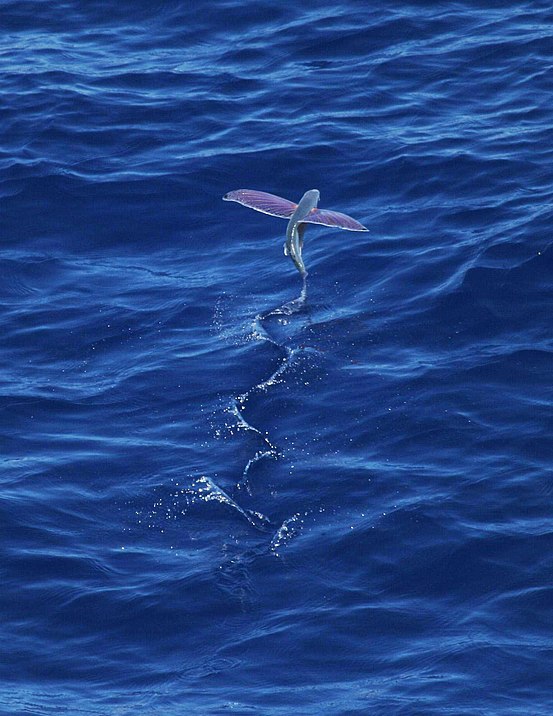Voyage of the Beagle Darwin Deck
2016 – (See Cards | Deck Info | Download cards : board : rules | Purchase Box Set : Cards Only)…
This is a deck made with research help from Karen James and includes commissioned art of a variety of organisms that Darwin observed or collected whilst on the H.M.S. Beagle. This deck will include 40 new cards and also a small game board that depicts a map of the voyage route. Note that the different card border colours are representative of different legs of the journey.

Galapagos Hawk
Buteo galapagoensis



6 POINTS
Play: This hawk has a FLIGHT of 2.
Fact: Darwin on the hawk: “A gun is here almost superfluous; for with the muzzle I pushed a hawk out of the branch of a tree…”

Flying Fish
Exocoetidae Family



6 POINTS
Play: This fish has a MOVE of 2 and needs to be played next to a PLANKTON species (for food).
Fact: The flights of flying fish are typically around 50 meters, though they can use updrafts at the leading edge of waves to cover distances of up to 400 meters!

Monkey Puzzle Tree
Araucaria araucana



1 POINTS
Fact: Because of the great age of this species, it is sometimes described as a living fossil.

Galapagos giant tortoise
Chelonoidis nigra



3 POINTS
Play: This tortoise has a MOVE of 2.
Fact: Charles Darwin visited the Galápagos for five weeks on the second voyage of HMS Beagle in 1835 and saw Galápagos tortoises on San Cristobal (Chatham) and Santiago (James) Islands.